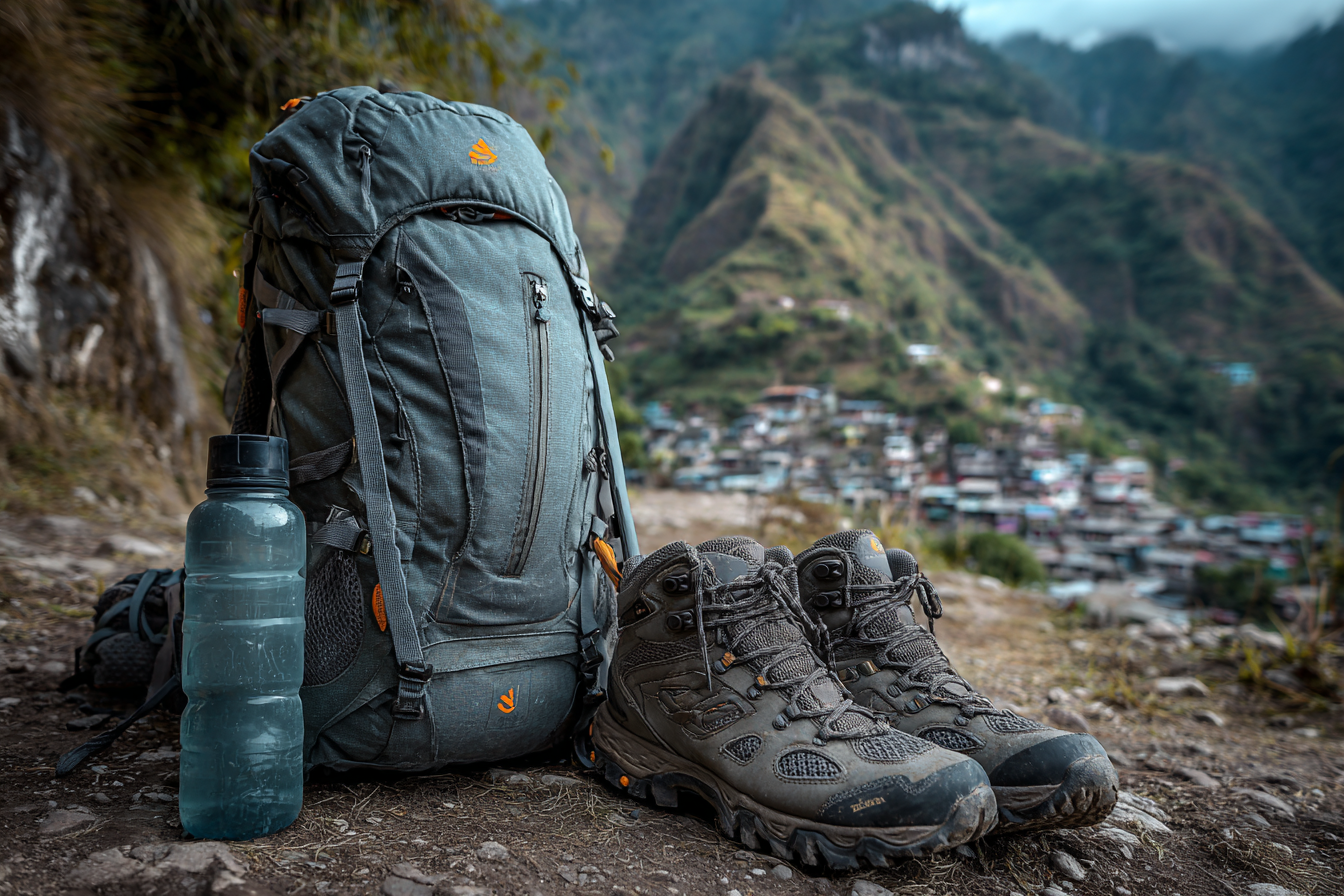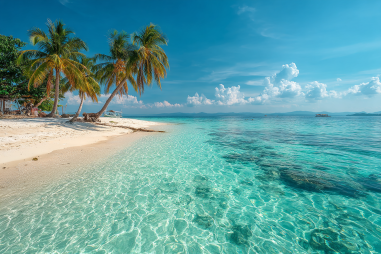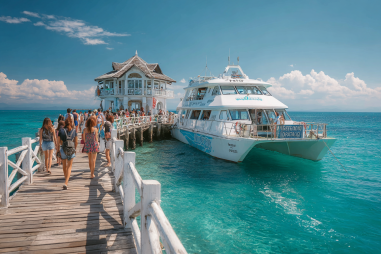Embarking on a trekking adventure in Banaue, known for its breathtaking rice terraces and captivating cultural trails, promises an unforgettable experience. However, the key to truly enjoying this journey lies in being well-prepared. Having the right Banaue trekking equipment can make a significant difference in your comfort, safety, and overall enjoyment as you explore the wonderful landscapes and indigenous villages. Whether you’re a seasoned trekker or a casual hiker, this guide will help you choose the essential gear to carry along for a memorable Banaue trek.
Understanding the Trekking Conditions in Banaue
Banaue is often hailed as the “Rice Terraces Capital of the Philippines,” and trekking here involves navigating a variety of terrain, from steep inclines and narrow pathways to muddy tracks, especially during the rainy season. The weather can be unpredictable, with early morning mist and occasional showers, so it’s important to be prepared for a range of conditions. The trails vary in difficulty depending on the route you take, but most require moderate fitness, good footwear, and appropriate equipment to ensure a safe and comfortable hike. Expect some sections to be physically demanding with uneven surfaces, communal pathways, and sometimes slippery rocks, so having reliable gear is crucial.
Recommended Footwear and Clothing
Footwear is one of the most important investments for your Banaue trek. Choose sturdy, waterproof hiking boots with good ankle support to handle the rigorous terrain and protect your feet from mud and water. Proper grips on the soles will help prevent slipping, especially on wet or moss-covered steps. If you’re trekking in warmer months and prefer lighter footwear, consider durable trail running shoes but ensure they provide adequate support and traction.
When it comes to clothing, layering is your best friend. The weather can fluctuate significantly throughout the day, so dressing in moisture-wicking and quick-drying clothes will keep you comfortable. Lightweight long-sleeved shirts and hiking pants protect against sunburn and insect bites, while also allowing your skin to breathe. Don’t forget to bring a waterproof and windproof jacket — sudden rain showers can happen anytime, and temperatures tend to drop in the early mornings and late evenings.
Essential Gear: Backpacks, Poles, and Water Containers
A reliable backpack is essential for carrying your trekking equipment without burdening yourself. Opt for a daypack with padded straps and a hip belt to distribute the weight evenly. A pack size of 20 to 30 liters is typically enough for a day trek; if you’re going for multi-day hikes, a larger pack with compartments and rain cover will be helpful.
Using trekking poles can greatly improve your stability and reduce strain on your knees during steep descents and uneven paths. Adjustable, lightweight poles are ideal and can be easily folded and stored when not in use.
Hydration is crucial while trekking in Banaue due to the physically demanding nature of the trails. Bring a reusable water container with a capacity of at least 1 to 2 liters. Hydration packs or bottles with built-in filters can be especially useful if you plan on refilling from natural water sources along the way. Additionally, packing some electrolyte powder can help replenish salts lost through sweat.
Safety Equipment and First Aid
Prioritize your safety during the trek by carrying a compact first aid kit tailored to trekking needs. Include essentials such as antiseptic wipes, adhesive bandages, blister pads, pain relievers, insect repellent, and any personal medications. Bandaids and moleskin wraps are particularly helpful for preventing or treating blisters caused by long hours of walking.
A whistle and a small flashlight or headlamp are also valuable safety additions, especially if you find yourself hiking early in the morning or near dusk. The whistle can alert guides or companions in case of an emergency, while proper lighting ensures safer navigation through dim or wooded areas.
Electronics and Navigation Tools
While Banaue’s trails are gradually becoming more mapped out and signs are present in popular areas, carrying navigation tools is still advisable. A GPS device or a smartphone with offline maps downloaded in advance will help you stay on track without relying solely on memory or local guidance.
In addition to navigation, a portable power bank is a practical item to keep your devices charged throughout the day. Cameras or phones are commonly used to capture Banaue’s stunning landscapes, so having extra battery life ensures you don’t miss out on any photo opportunities. However, be mindful of preserving battery power in case you need to make emergency calls.
Packing Tips to Reduce Weight
When preparing your Banaue trekking equipment, packing light is essential to keep your trek enjoyable and manageable. Here are some handy tips to minimize weight without sacrificing essentials:
- Choose multi-purpose gear, such as pants that convert into shorts or a jacket that doubles as a raincoat.
- Bring travel-sized toiletries and first aid supplies instead of full-sized bottles and kits.
- Avoid packing multiple pairs of heavy shoes; one pair of durable hiking boots usually suffices.
- Wear your heaviest clothing items during the hike to lighten your backpack load.
- Limit the number of electronic devices and accessories to those essential for safety and capturing moments.
What Not to Bring on Your Banaue Trek
To keep your trek efficient and respectful to the local environment and community, avoid bringing unnecessary or inappropriate items. Avoid heavy or bulky gear that may slow you down or cause fatigue. Excessive makeup, perfume, or strong-scented products are best left behind to respect local customs and prevent attracting insects.
It’s also advisable not to bring expensive or flashy valuables which might pose a risk of theft or damage. Finally, refrain from carrying plastic bags or disposable items that can contribute to pollution — try to bring reusable alternatives and always pack out your trash.
Prepare Well, Trek Smart, and Enjoy Banaue to the Fullest
Choosing the right Banaue trekking equipment is a fundamental step toward an enjoyable and safe hiking experience. By understanding the trail conditions, selecting suitable footwear and clothing, packing essential gear and safety supplies, and traveling light, you ensure that nothing detracts from the stunning scenery and rich culture of this remarkable destination. With thoughtful preparation, you’ll be able to savor every moment of your Banaue adventure and create lasting memories of the spectacular rice terraces and warm local hospitality.







